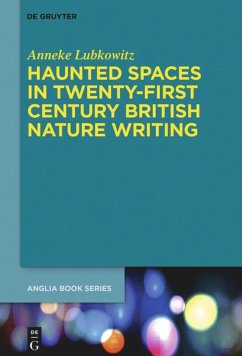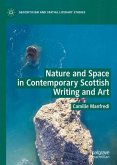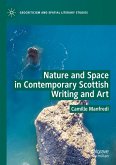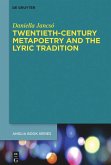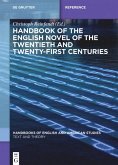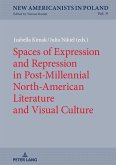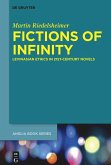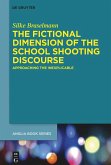This study investigates the figure of haunting in the New Nature Writing. It begins with a historical survey of nature writing and traces how it came to represent an ideal of 'natural' space as empty of human history and social conflict. Building on a theoretical framework which combines insights from ecocriticism and spatial theory, the author explores the spatial dimensions of haunting and 'hauntology' and shows how 21st-century writers draw on a Gothic repertoire of seemingly supernatural occurrences and spectral imagery to portray 'natural' space as disturbed, uncanny and socially contested. Iain Sinclair and Robert Macfarlane are revealed to apply psychogeography's interest in 'hidden histories' and haunted places to spaces associated with 'wilderness' and 'the countryside'. Kathleen Jamie's allusions to the Gothic are put in relation to her feminist re-writing of 'the outdoors', and John Burnside's use of haunting is shown to dismantle fictions of 'the far north'. This book provides not only a discussion of a wide range of factual and fictional narratives of the present but also an analysis of the intertextual dialogue with the Romantic tradition which enfolds in these texts.

